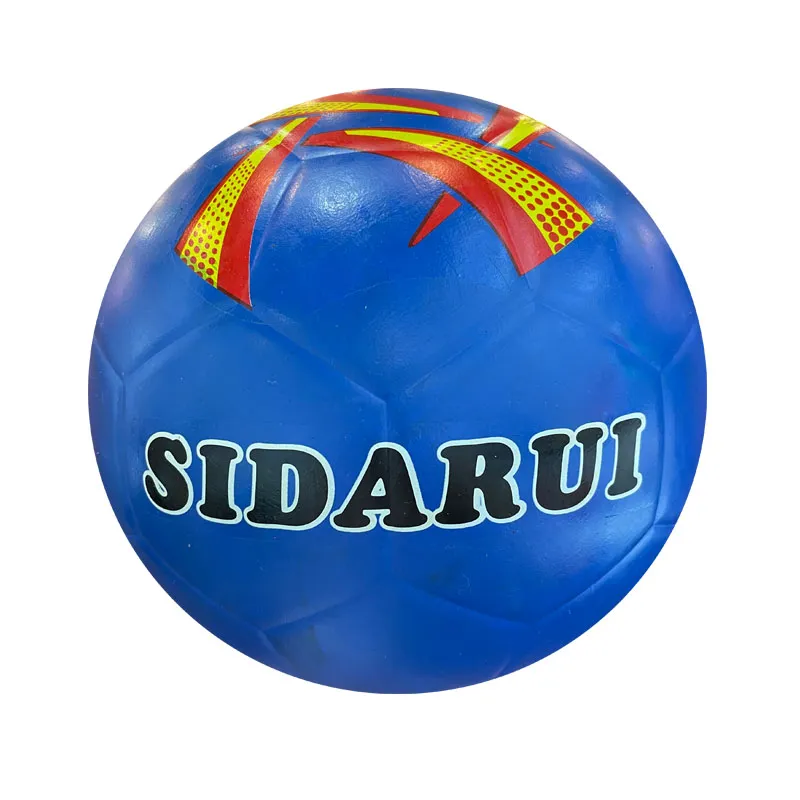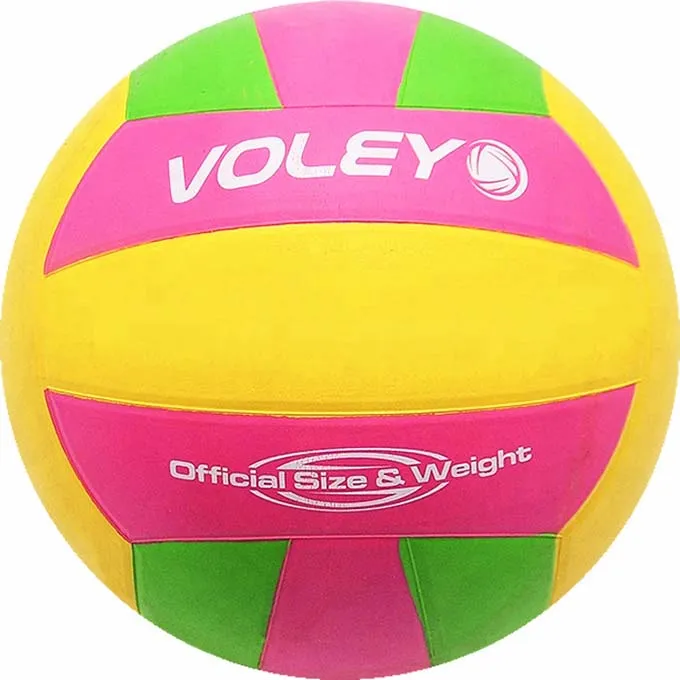Finding the perfect waterproof volleyball that meets both performance and price expectations often feels like an Olympic sport in itself. The quest involves more than just comparing numbers; it’s about understanding what lies beneath the surface. With over a decade of experience in sports equipment consultation, I’ve come to appreciate the nuances that define both affordability and quality, which go hand-in-hand when it comes to waterproof volleyballs.

Firstly,
comprehending the science behind waterproof volleyballs offers an edge. These volleyballs are designed using advanced materials that resist water absorption, ensuring the ball remains light and maintains its bounciness throughout the game, even in wet conditions. Synthetic leather, usually polyurethanes or thermoplastic elastomers, is often chosen for their durability and hydrophobic properties. The double-layered seams, sealed meticulously, play a crucial role. What sets apart the high-quality waterproof volleyballs is their ability to endure rigorous play while preserving integrity and shape, irrespective of moisture exposure.
In terms of expertise in selecting a volleyball that balances price and functionality, it’s essential to evaluate certain key factors. Firstly, gauge the level of play. For casual beach games, a mid-range ball priced between $15 to $30 can suffice. However, for competitive players, investing in professional-grade balls, although expensive—around $50 to $80—is beneficial. These balls are engineered with precision, providing consistency in performance, pivotal in matches. Brands like Wilson and Mikasa, renowned in the volleyball community, offer a range of products that cater to different skill levels, all with a focus on waterproof technology.

Furthermore, the brand’s credibility significantly contributes to the trustworthiness of a product. Reviews and testimonials from fellow volleyball enthusiasts are invaluable. Peer feedback highlights real-world performance and durability over extended use. Many players attest to Mikasa’s indomitable quality, with their waterproof volleyballs holding strong in various tournaments globally. Users often point to the balls' responsive touch and accurate flight trajectory as noteworthy features. Such endorsements add a layer of trust that even technical specifications cannot entirely capture.
waterproof volleyball price
When it comes to authoritativeness, understanding industry standards such as those set by the Fédération Internationale de Volleyball (FIVB) offers insight into product quality. FIVB-approved volleyballs undergo rigorous testing, ensuring they meet specific criteria for weight, circumference, and bounce resilience. Therefore, opting for a model certified by such entities can validate a volleyball’s quality, providing assurance that it’s worth the price.
Finally, maintaining trustworthiness while navigating through options requires a transparency in communication from brands regarding the sourcing of materials and manufacturing processes. Many leading companies aim for sustainability while enhancing the waterproof properties of their volleyballs. Ecolabel certifications or partnerships with environmentally-focused organizations indicate a commitment to reducing ecological impacts, which is becoming increasingly important to consumers today.
In conclusion, determining the right waterproof volleyball involves a careful examination of material quality, brand reliability, and alignment with professional standards. The price should be reflective of these aspects, ensuring that consumers receive substantial value. The empowerment that comes with this informed choice brings not only personal satisfaction but also elevates the playing experience to new heights.













